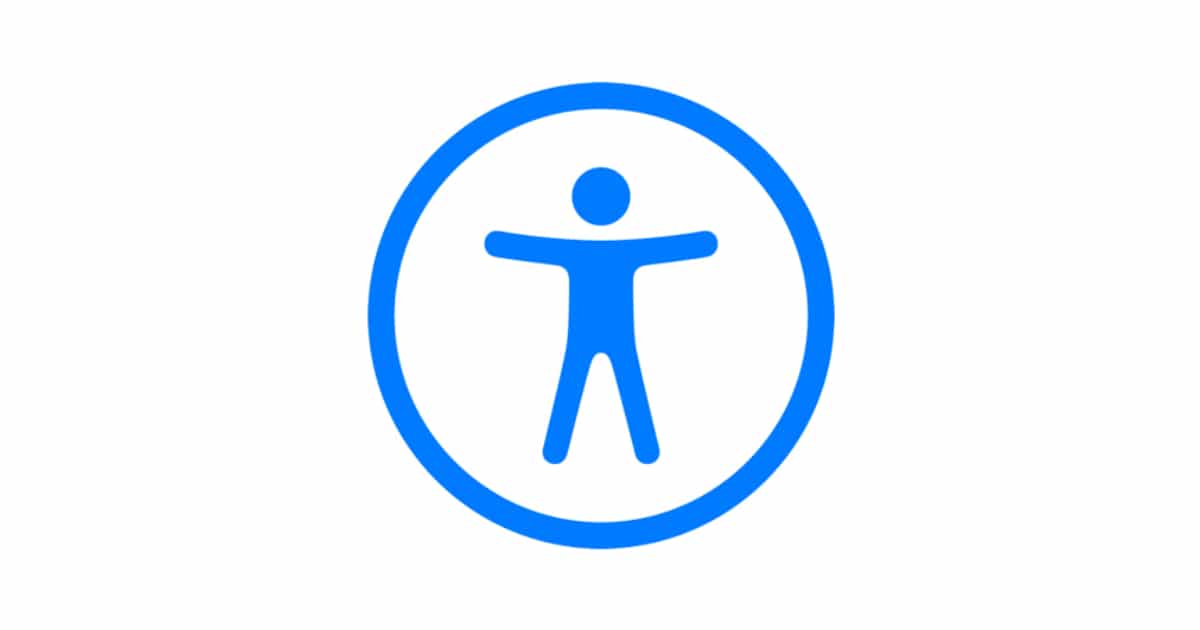Tech has advanced considerably in recent years but there are still functionality gaps in the industry for people with disabilities. A new report looks at all the accessibility improvements different tech giants made in 2021 and areas in which they lacked. Though Apple’s accessibility record is better than most of the companies mentioned in the piece – it did make things worse in one regard.

Here is Apple’s accessibility record for 2021
Engadget says that Apple has led the way in inclusive design for years and continued to do so in 2021. There Cupertino tech giant continued to launch new accessibility features that made its products easier to use for people with disabilities. In addition to OS-based features like updating its screen reader, VoiceOver, and enabling better descriptions of images, the company also launched several new products.
In May, Apple launched a service called SignTime which allows customers to engage sign language interpreters on demand when communicating with customer service representatives. The feature is available in the US, UK, and France and supports American, British, or French sign languages.
The company also added Assistive Touch to Apple Watch in 2021, allowing for touch-free interaction with its wearable. While Assistive Touch may not be the best option for people who do not have the dexterity or strength to clench their fists or pinch their fingers together to navigate the smartwatch, it is a start.
Apple also added improvements for hearing aid users with iPhones this year allowing for bi-directional communication. This means that individuals who connect compatible hearing aids to their iPhones no longer have to use their handset’s mic. Instead, the hearing aid can pick up the speaker’s voice.
On desktop, Apple made it possible for macOS users to customize the outline and fill color of the cursor which is meant to help those with visual impairments discern when the mouse moves or changes shape. In addition, the tech giant also expanded its keyboard shortcuts to allow users to control everything on a Mac negating the need for a mouse or trackpad.
Finally, Apple added tools for developers using SwiftUI to make their apps more accessible. The simplified workflow allows for minimum obstacles when trying to make more inclusive products.
Despite all the accessibility features Apple released during the year, there was one failure on its part. As noted by The American Council of the Blind:
Unfortunately, when Apple released iOS 15, it removed some features from Siri that were “used by many individuals for accessibility purposes,” according to Clark Rachfal. He’s the director of advocacy and governmental affairs for the American Council of the Blind. Rachfal told Engadget that users “could no longer access their calling history, voicemails, emails and messages through Siri” when the OS was updated. The council and its members alerted Apple of these issues, he said, adding that the company said it’s working on “restoring this functionality to Siri.”
Check out the full article here to see how other big tech companies compare.